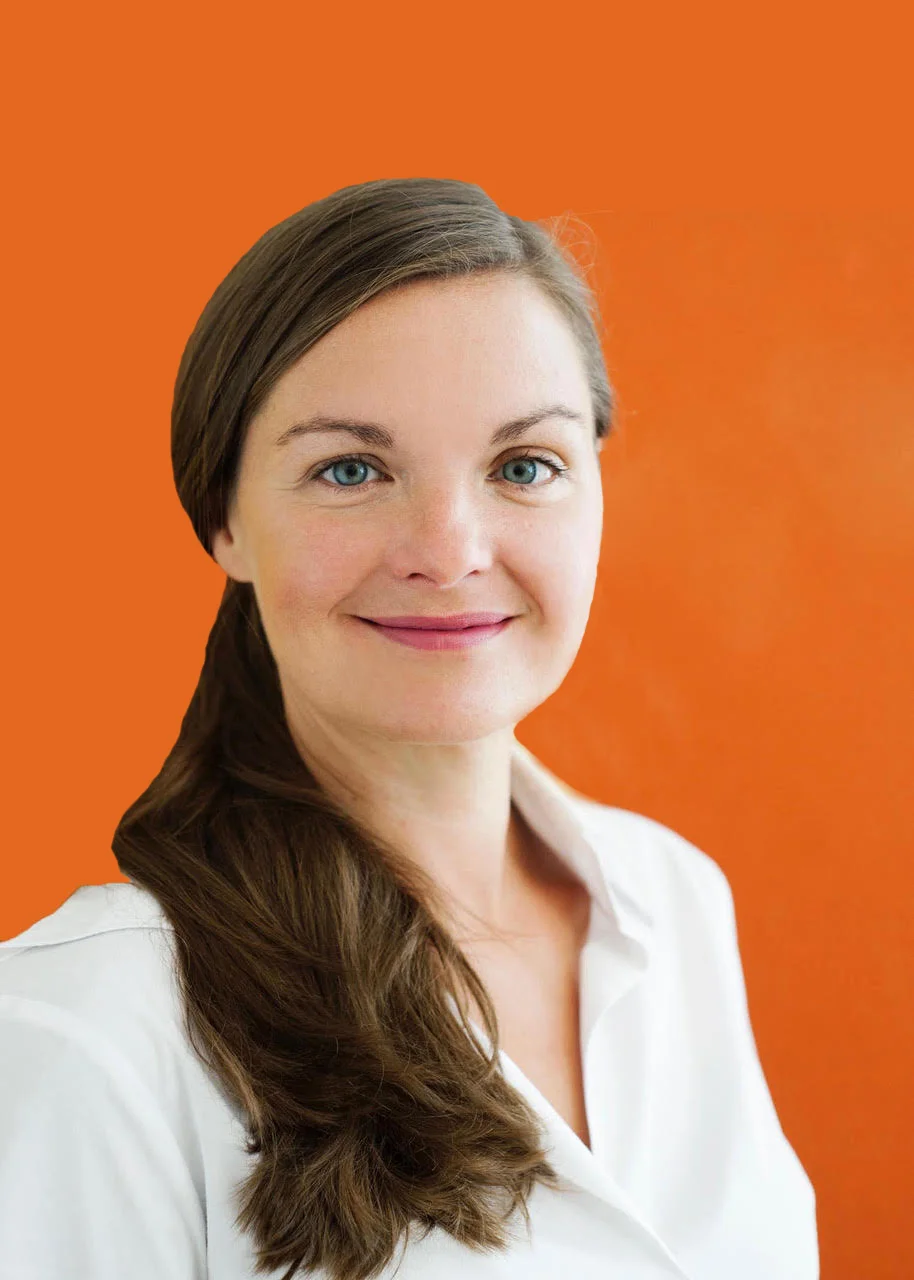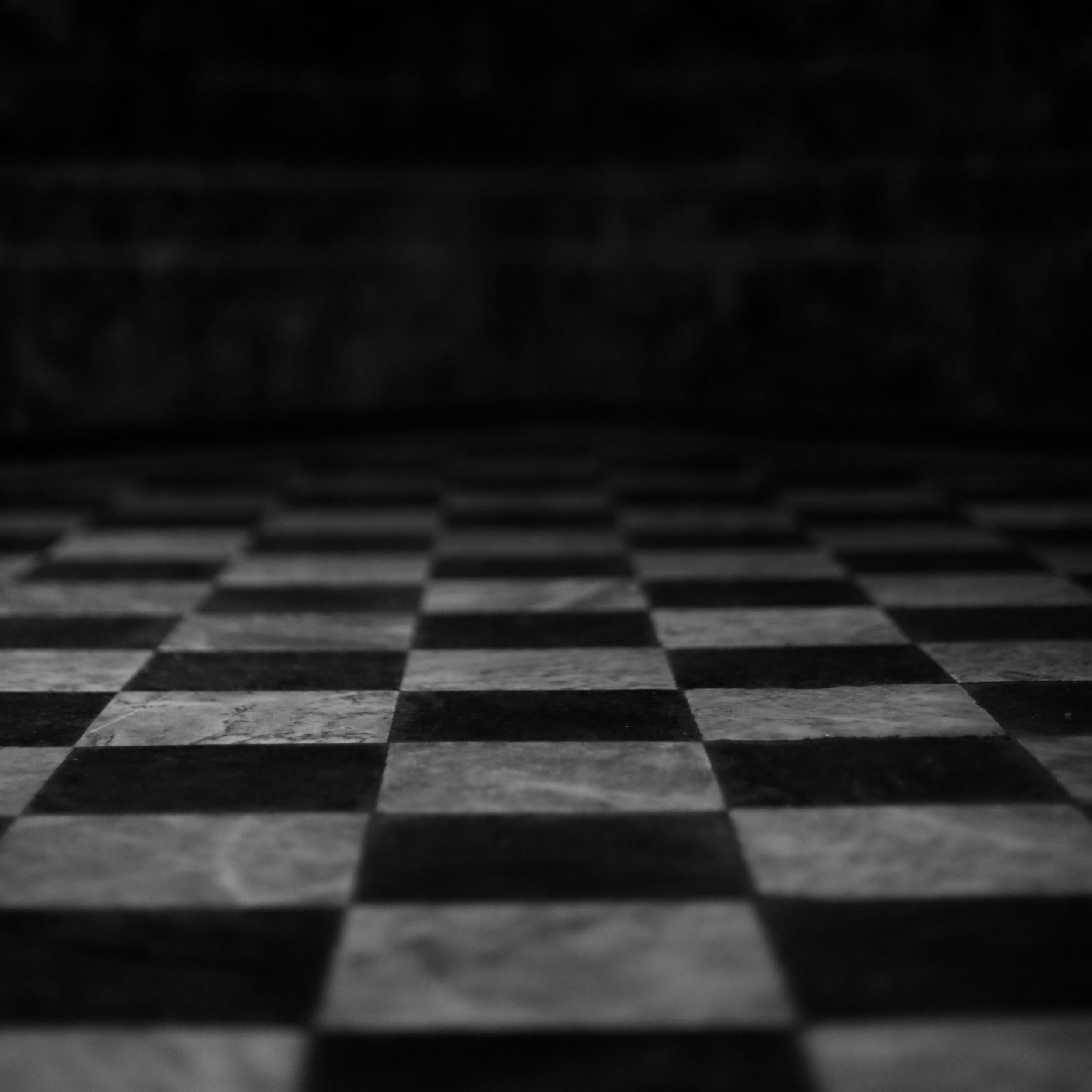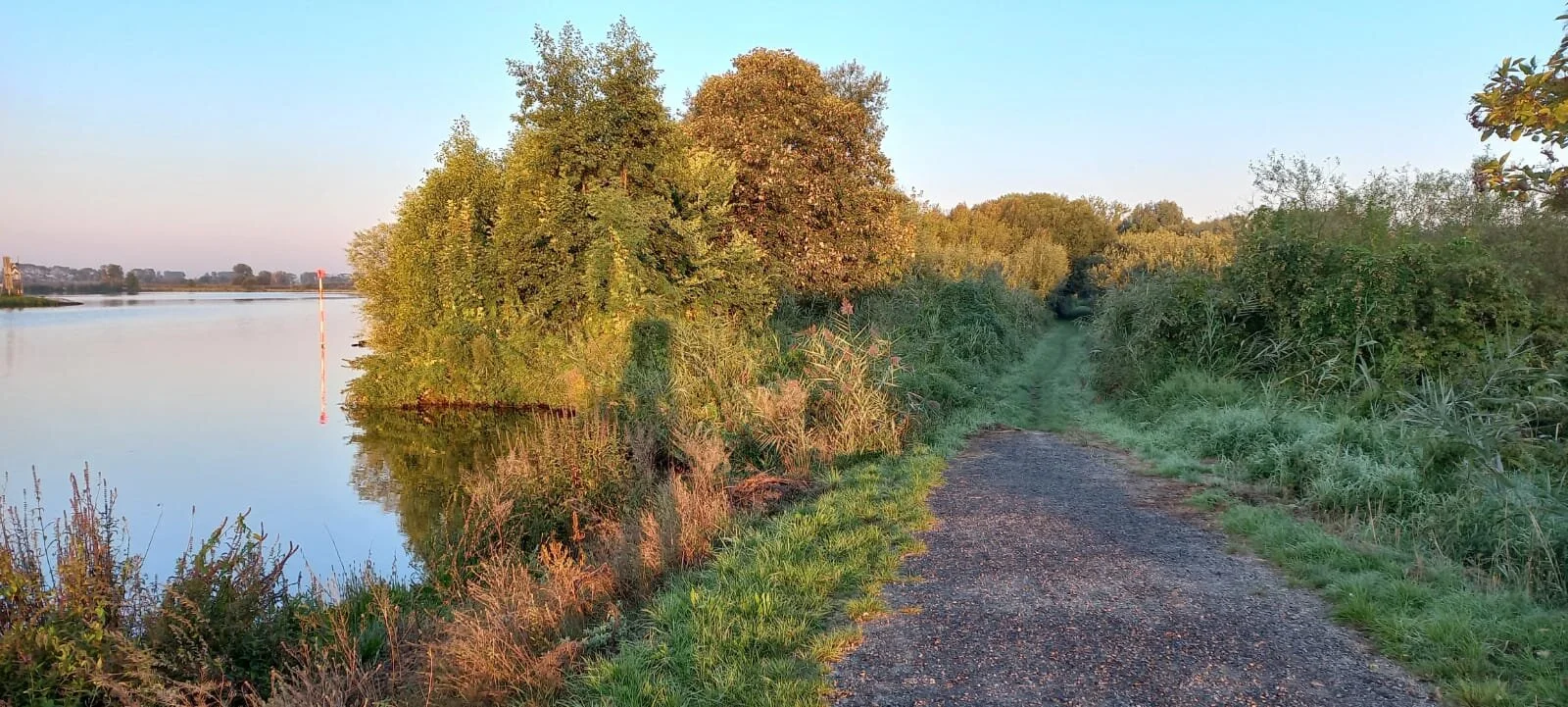Communications
Storytelling in a social media era
In barely a decade, social media has transformed our world, the way we communicate, and our relationships in quite remarkable ways. It still changes and evolves unceasingly. Stories are the way that we process information and make sense of the world. This has gone unchanged for centuries.
What is happening now is that the tools to create stories are exploding. Today people have the expectation to be much more involved and to be part of the story, to create their stories and to co-author. To engage and get engaged. We live now in a culture of connectivity. Borders do not exist in „Social-Mediastan“. The „Netizens“ communicate via Skype, Whats App, Facebook, Twitter, Blogs, Vlogs, Youtube… all around the world (most parts) 24/7.
Time is negotiable. We can either communicate in real time about everything we want or go back in time. In closed private or in open public networks. We amuse, enchant, empower and enable ourselves with videos, flashmobs, quotes, memes, gifs and DIY instructions.
Storytelling has not only become a strategy to catch the attention of individual recipients. Through social media it has also become a way to break barriers and to make interaction possible, to create an environment for convening and supporting groups, to move crowds and to nudge our creativity, be it for political, business or private reasons. But storytelling in social media also exposes us to audiences which can agressively criticise and in the worst case betray us.
The world has changed social media just as much as social media has changed the world. Social media should not be seen primarily as the list of platforms on which people post, but rather as the content that is being posted on these platforms.
Astrid Nierhoff
Facts, Fakes and Featured Realities: Ethics and Liabilities of Stories for the Future
When I was a child, I used to make up a lot of stories about my life. Astonished, people would report them to my parents, who urged me to tell only true stories and to stick to facts. While growing up, I was first shocked to understand how scientifically established truth is by essence relative to questions asked at a certain time, in a certain space, in specific constellations of convictions, beliefs and power. By the time I understood that even ethical big norms like the universal human rights were part of a much bigger system of power, I was long time an adult.
One of the oldest questions of mankind is "What can I know"? We build knowledge through experience and understanding. Understanding though, is a never ending process of interpretation, a game of doubt and trust: Is this the whole story? What is hiding? Why? Is it maybe totally different? In order to be able to act, to take the many decisions shaping our lives past, present and future, we need to query and trust over and over again the stories of reality. We have a very vital need for truth. This may sound trivial.
Yet, this question went a long way down through centuries of philosophy and is now living a highly controversial peak-time with the actual debates about post factual times. But hands on heart: there is nothing new about disputes on what is fact and what is fake, nothing new about conspiracy theories, biased scientific research, political demagogy. What is new is the distressing impact they have on the global world.
The filters helping to decide which news or story should be trustworthy seem to have vanished. Their period of validity dramatically shrinks while they are reduced to being mere consumer products. In this workshop I propose to work out together playful ways of rebuilding and strengthen trust in our capacities to understand reality, explore truth and take action. We will find out more about which kind of stories we want to stand for and how much of the explanatory gap left open by narrative discourse helps engage people. The process will be collective, co-creative and framed by a creativity challenge.
Rhea Wessel
Accessing new futures: The contribution of constructive journalism
Research shows that people who consume negative news are more likely to experience stress and report having a bad day than those who consume media that has an underlying message of hope.
Still, many people wake up each day and see negative headlines before they even get out of bed. They begin their day with thoughts about how bad things are going in the world right now.
However, as the public intellectual Steven Pinker has pointed out, the world might not be as disastrous as we think it is. Part of the problem might be how we’re looking at it.
Advocates of three emerging genres of journalism are working to provide readers, listeners and viewers with a new, more constructive lens on the world.
They have created networks under the names Solutions Journalism, Constructive Journalism and Restorative Narrative, and each of these may collectively fit under the umbrella term Constructive Journalism.
The groups include practitioners and journalism educators who are telling stories about how individuals are making meaningful progress to solve some of the biggest social and economic problems in the world, or how they are recovering from trauma and tragedy.
By focusing on what is working and why - and highlighting ways people have become resilient - these type of stories present tangible options for the future that other people can try out and adapt for themselves and their environments.
In the first part of my session, we will talk about the three genres – what they are, what they’re not, who is doing it and why. The New York Times, The Guardian and BBC are among the practitioners. We will also discuss the role of companies, NGOs and advocacy groups in providing solutions research to journalists who are working on these type of stories.
In the second part of my session, we will take a deeper look at restorative narratives. They focus on human resilience and transformation. Through these stories, people can experience a form of “vicarious empathy” that allows them to see the past differently and imagine the future anew, based on the experience of someone else.
Here the session gets hands-on. We will apply techniques – e.g. a new set of questions – that we already discussed to interview a partner in the group for a transformation story.
Volunteers will be able to share their experience after the exercise.
The goal is to make it easier to identify and articulate transformation stories with an improved ability to interview for them.
Marco Ruckenbrod
Re-shaping a brand’s future by creating alternative narrative territories
Today, the world we live in is a vuca world – a world that is characterized by volatility, uncertainty, complexity and ambiguity. At a time like this, brands are permanently faced with lots of diverse challenges. With increasing regularity, these brands have to reinvent themselves in order to retain their relevance and keep their competitive edge in the market. They have to be adaptive to all the demanding circumstances and requirements of a vuca world. At regular intervals, this means that those brands need to reflect on their current state. Let’s call it starting point A. They have to challenge their own status quo and ask self-critically ‚How do people see our brand and how do they act?‘ and ‚What and how do we have to change ourselves?‘.
As soon as this current mischief is identified relentlessly, a brand is ready to re-think and ultimately to re-shape its future state as a consequence. Let’s call this future state endpoint B. For this purpose, a spicy mixture of the relation to reality and the power of imagination is vital: What kind of future state can be imagined for our brand? And what are the limitations we are faced with realistically? Debating this area of tension, a brand always should draft alternative narrative territories (B1, B2 or B3) to tap into and explore. Creativity leads us into these territories. When it finally comes to decision making which one is the most promising territory for actually re-authoring its future, we need a change of perspective and put the consumer in the center of our thinking. We need to ask: How do we want to change him or her? Because each narrative implies a distinct impact on the consumer. Already in 1993, the author R.J. Gerrig stated in his book ‚Experiencing Narrative Worlds‘ that the consumer (= traveller) „goes some distance from his or her world of origin [= starting point A], somewhat changed by the journey“. In this sense, we can spot a move from A to B. From a consumer’s point of view, the narrative therewith marks a journey changing them. And for the brand, ideally this means a progress that reveals new perspectives.
After a short introduction, the interactive session is composed of thee parts:
(1) Case studies: You will be given three famous brands as short case studies. Each brand holds a certain current state and is respectively faced with a challenge. This is the starting point A. (OI)
(2) Groupwork: In groups, you will be working on one of these brands, re-shaping its future by drafting alternative narrative territories (B1, B2 or B3) to tap into. Therefor, you will be armed with a toolkit. (IC)
(3) Elevator pitch: As a last point, each group will present their alternative narratives as an elevator pitch.
Ivanina Reitenbach
Nadja Roder-Winkel
Social Presencing Theatre meets Storytelling: Re-authoring futures through the body
Can our bodies tell stories? And how can we embody our future?
During this two hour experienced based introduction workshop, we will dive into the narrative world of our bodies.
Both on a personal and an organizational level we often find solutions for challenges based on our experiences from the past. Often we rely on our minds, disregarding the wisdom of our bodily experiences. The methods of the Social Presencing Theatre (SPT) enable us to learn from our future possibilities through the knowledge of our bodies. They show where individuals or groups are stuck today, where they could be going tomorrow, and what the real issues are in moving from here to there.
During the workshop you will experience individual and group embodied practices to enhance the perception of your own story as well as the stories of social systems.
Activating your embodied knowledge, you will gain new insights and find new expressions for challenges you or your community currently faces.
This workshop is for anyone who wants to learn how to use the body as a powerful tool for transforming current stories into future possibilities.
Katarina Veselko
Tough times: how to look up when you´re face down
If we are brave enough often enough, we will fail. When we strive for something that matters to us, the only certainty is that we will face adversity, fear and failure. Every story worth telling has difficult parts in it. This is the part of story we very often leave out, try to forget and deny as soon as we get out of it. And yet, this is the part where the magic happens – our failure and our crisis is a start of a revolution. To re-author our future, the first and necessary step is to own the hard parts of our story.
We will dive into the Rising Strong™ process, developed by the researcher/storyteller dr. Brené Brown. People as story-making animals will, in the absence of data, inevitably make up stories. When times are tough, the stories we make up will either keep us down or support us in rising stronger. In the process of rising strong, we go through three steps that correspond to the Hero's Journey. Act 1 is the reckoning, where we get curious about our emotions when we get triggered. Act 2 is the rumble, where we really dive into the meaning behind our SFD (shitty first draft) of the stories we make up. This is the hard part, facing the challenge and overcoming the crisis. What used to work does not work anymore and the rumble requires that we change. Act 3 is the revolution. We take the learnings from our story and let the process become practice. We have owned our story and now hold the pen to write the ending.
The Rising Strong™ process can be applied to anything from seeing our boss frown to a major business loss, from failing a deadline to mass lay-offs, from a hurtful comment of our spouse to dealing with death of a loved one. The process is the same.
Rik Peters
Karin Thier
Learning Histories: how a multi-perspective view on past events helps to re-author the future
In this workshop we will explore a special kind of story telling known as 'learning histories'. Developed in the 1990s in the wake of the theory of the learning organization at M.I.T. Boston, the theory and method of learning histories has found many applications worldwide. In this workshop we will focus on two different applications of the method as developed in Germany (Karin Thier, Christine Erlach) and Holland (Rik Peters). After a short exposition of the two applications (in organisations and in the scientific literature), we will lead the audience via a critical debate to two of the main techniques employed in the learning histories, focussing on the crucial art of questioning and listening. During our workshop, the participants will practise the method in an “in depth interview exercise” to be conducted in small groups. In the harvesting round, we focus on the function of questioning in learning histories.
Raquel Ark
Jodie Goulden
How to listen to discover inspiring stories where you least expect it
You don't have to be a good presenter to tell a good story. Inspiring ideas and innovation can be anywhere. The workshop is about how to listen for hidden stories and innovative ideas from people who are not polished presenters.
We'll offer an experiential workshop of sharing and listening.
You will gain insights from the latest research on listening and experience its magic. We’ll also share our experience of coaching people to connect with their own inspiring stories while listening to how to engage and build trust with their audience. Come and be surprised with one of your own stories while learning to inspire others to do the same.





































